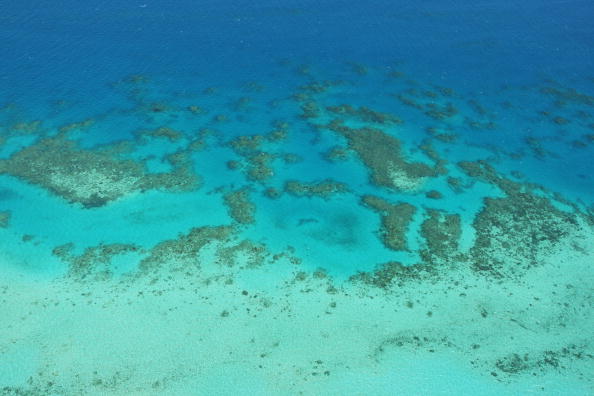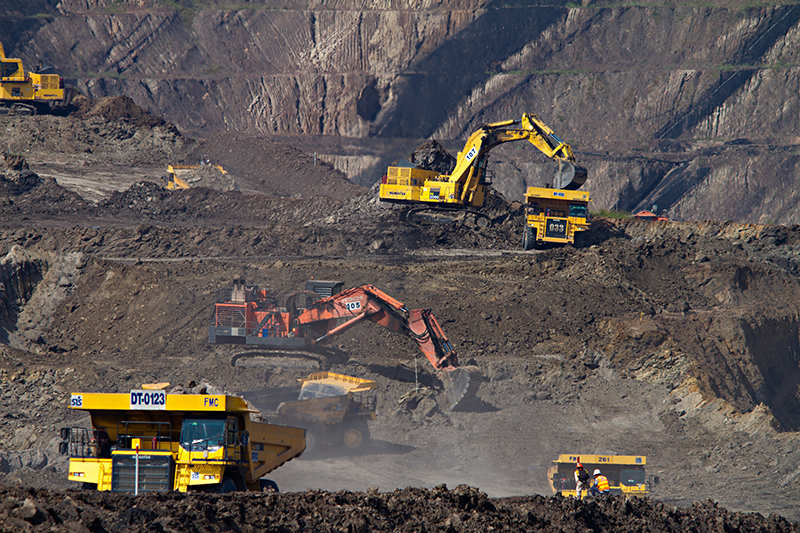Rising temperatures in the Midwest are projected to be the largest contributing factor to declines in U.S. agricultural productivity, with extreme heat wilting crops and posing a threat to livestock, according to a sweeping federal report on climate change released Friday.
Midwest farmers will be increasingly challenged by warmer, wetter and more humid conditions from climate change, which also will lead to greater incidence of crop disease and more pests and will diminish the quality of stored grain. During the growing season, temperatures are projected to climb more in the Midwest than in any other region of the U.S., the report says.
John Kiefner checks soybean plants on his farm near Manhattan, Ill., on July 24, 2018. Midwest farmers will be increasingly challenged by warmer, wetter and more humid conditions from climate change, according to a federal report released Nov. 23, 2018. (Zbigniew Bzdak/Chicago Tribune)
Federal climate change report paints grim picture for Midwest - Chicago Tribune
Midwest farmers will be increasingly challenged by warmer, wetter and more humid conditions from climate change, which also will lead to greater incidence of crop disease and more pests and will diminish the quality of stored grain. During the growing season, temperatures are projected to climb more in the Midwest than in any other region of the U.S., the report says.
John Kiefner checks soybean plants on his farm near Manhattan, Ill., on July 24, 2018. Midwest farmers will be increasingly challenged by warmer, wetter and more humid conditions from climate change, according to a federal report released Nov. 23, 2018. (Zbigniew Bzdak/Chicago Tribune)
Federal climate change report paints grim picture for Midwest - Chicago Tribune






